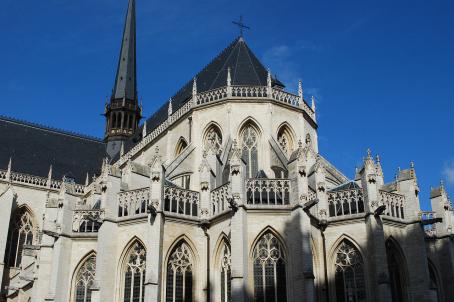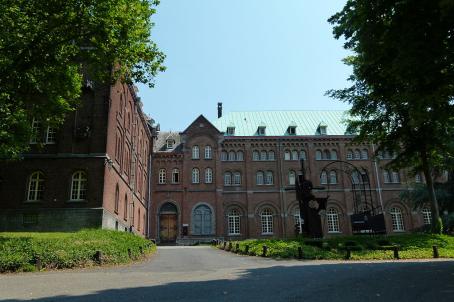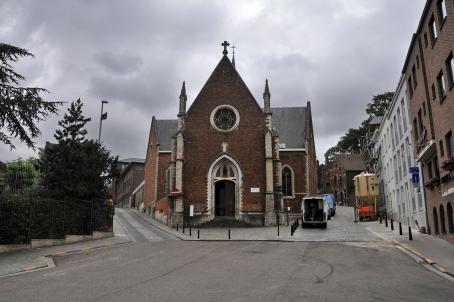St Geertrude's Church
The church of Sint-Geertui (St. Gertrude) was built between the 13th and the 15th century. In 1453, the west tower was crowned with an spire design of Jan van Ruysbroeck (1396-1486). Ruysbroeck was specialized in spires and became famous for his work on the Brussels Town Hall. In 1796, the French government dissolved the abbey to which the church belonged. In the 19th century, when the church was once again used as a parish church, the first restorations were organized. During the second world war, in 1944, the church and the abbey got gravely bombed by a strayed allied bomb. The reconstruction of the destroyed parts started in 1950 and the church was rededicated in 1953. Recent restorations were carried out in 1996-1997 and 2001-2003.






